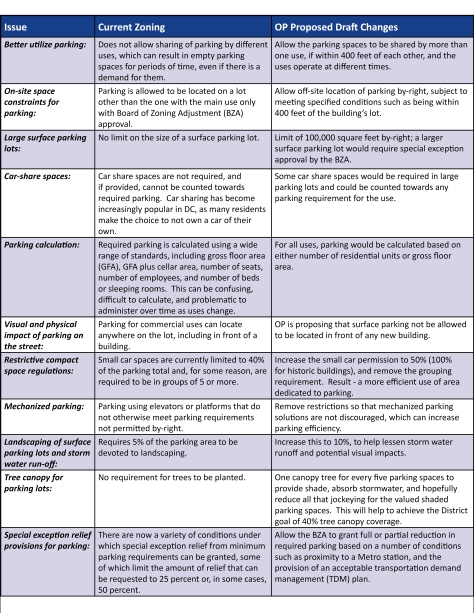Part 2 of a series looking at a few of the other cities undergoing a zoning code revision. Today, we are off to Baltimore!
Baltimore’s proposed new code, dubbed “TransForm Baltimore,” rewrites Charm City’s existing 40 year old code. The city’s existing zoning code was developed by a commission appointed in 1957 and was eventually approved in 1971. It followed a suburban model– separating commercial and residential uses. According to the Baltimore City Planning Department, the existing code is not only outdated, but is overly complex, with hundreds of overlay districts, Urban Renewal Plans and Planned Unit Developments. Understanding and working within these complexities is often expensive, time-consuming and unpredictable. For example, the existing code does not readily permit the creation of new mixed-use developments — it can often take months or years of administrative maneuvers and an act of City Council to convert an old industrial building to a mixed-use residential/commercial space.
 Baltimore’s Inner Harbor (photo: Jawed Karim)
Baltimore’s Inner Harbor (photo: Jawed Karim)
TransForm Baltimore was approved by the city’s Planning Commission in April 2013 and has been sent to Baltimore City Council for approval. The new code is designed to be easier to use and understand, more predictable and enforceable. The goals of Transform Baltimore include:
• Increasing user-friendliness;
• Improving administration;
• Modernizing use structure;
• Incorporating urban design objectives;
• Preserving neighborhood character while promoting appropriate redevelopment;
• Ensuring coordination with the Comprehensive Plan;
• Integrating Urban Renewal Plans; and
• Promoting sustainable development.
More…

